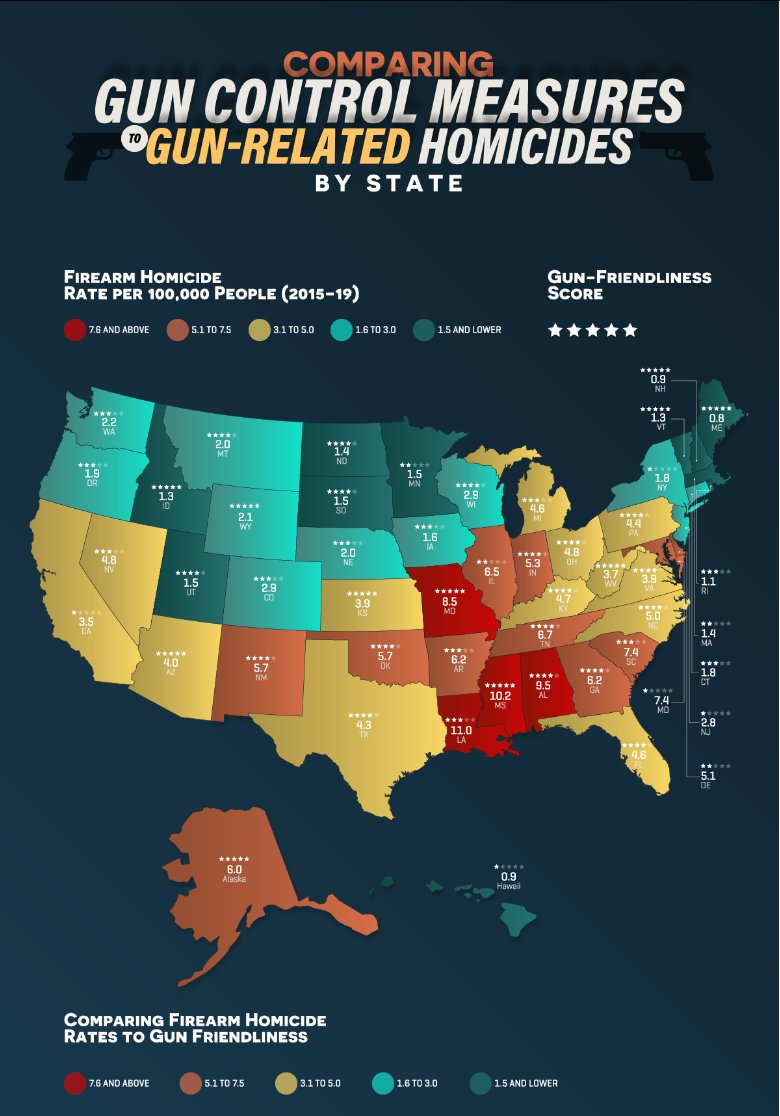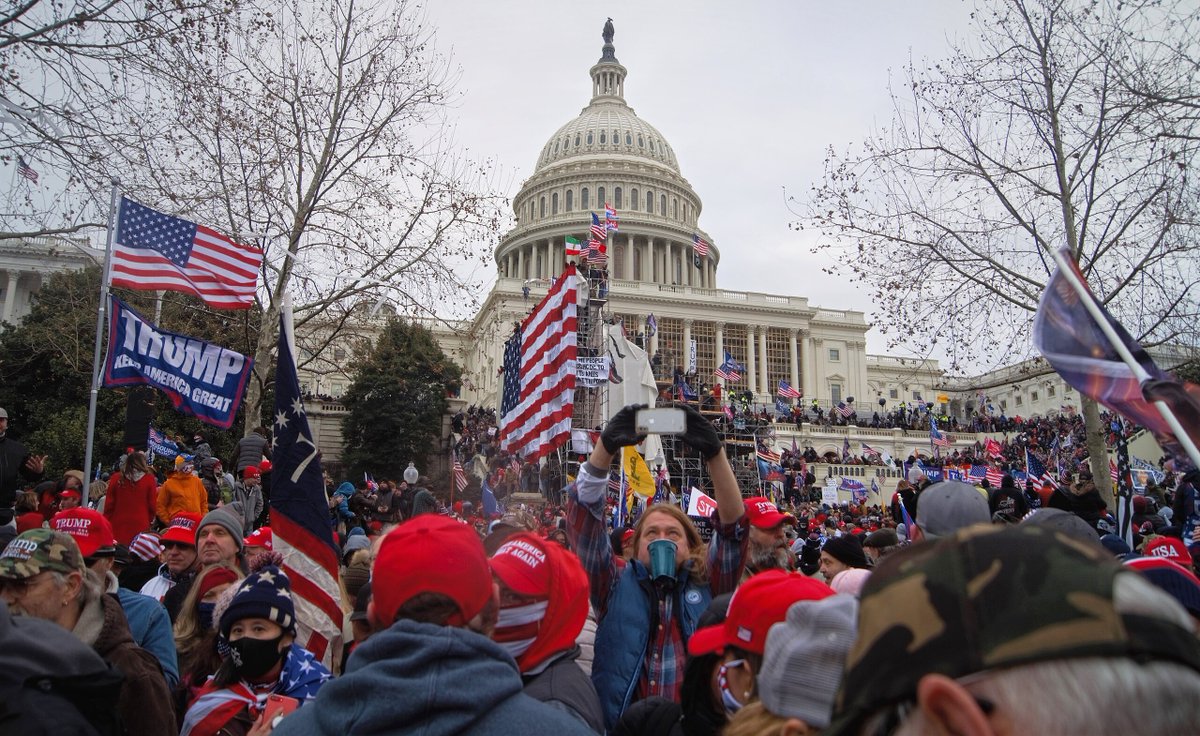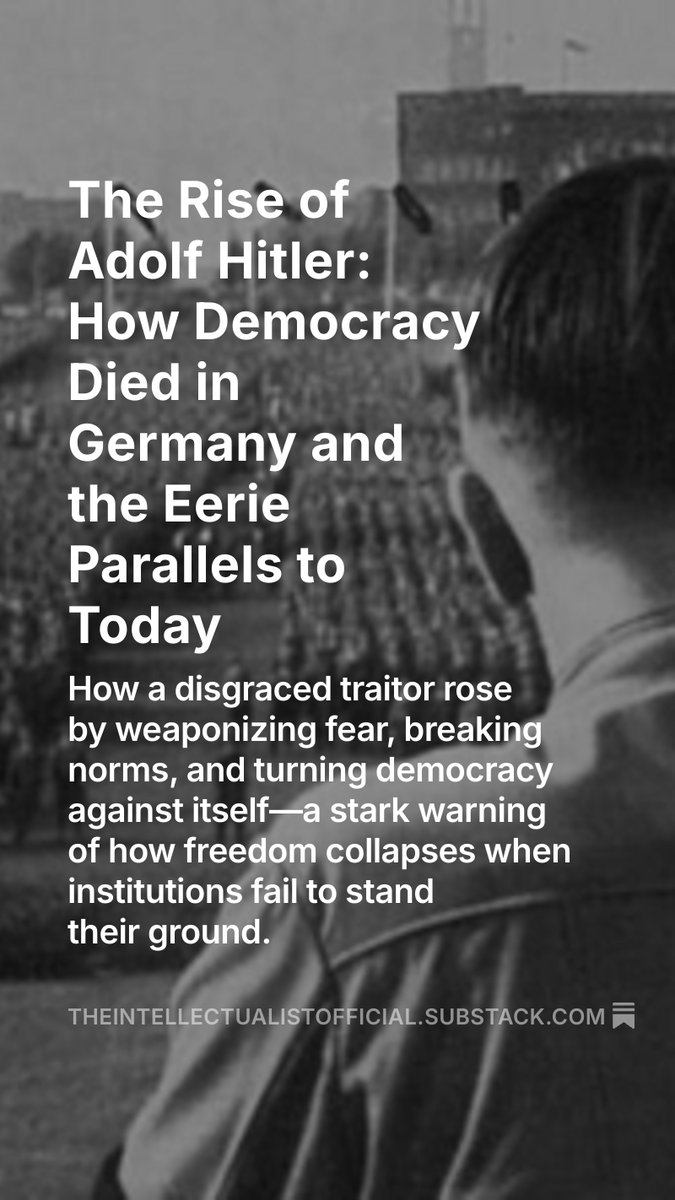1/15 The link between Inequality and Gun Violence:
🧵 There's a complex web of factors that contribute to gun violence, but two elements that demand our attention are high inequality and permissive gun laws. Let's take a deep dive into how these factors intersect.
🧵 There's a complex web of factors that contribute to gun violence, but two elements that demand our attention are high inequality and permissive gun laws. Let's take a deep dive into how these factors intersect.

2/15 It's important to start with understanding the correlation between inequality and violence.
When socio-economic disparities widen, frustrations increase. This can result in heightened tensions and often leads to more violence. #IncomeInequality #Violence
When socio-economic disparities widen, frustrations increase. This can result in heightened tensions and often leads to more violence. #IncomeInequality #Violence

3/15 Studies show that societies with larger income gaps tend to have higher rates of violence.
This is particularly true for the US, where inequality has grown considerably over the past few decades. #IncomeInequality
This is particularly true for the US, where inequality has grown considerably over the past few decades. #IncomeInequality

4/15 Socioeconomic disparities also contribute to a sense of hopelessness and desperation, which can further escalate violent incidents.
A lack of opportunities and resources can fuel crime rates, and guns can make these crimes more deadly. #Poverty #GunViolence
A lack of opportunities and resources can fuel crime rates, and guns can make these crimes more deadly. #Poverty #GunViolence

5/15 Now let's talk about gun laws. The US has some of the most permissive gun laws in the world.
These laws allow for the purchase and possession of firearms with fewer restrictions compared to other developed nations. #GunLaws
These laws allow for the purchase and possession of firearms with fewer restrictions compared to other developed nations. #GunLaws

6/15 The easy availability of firearms increases the likelihood that interpersonal conflicts or robberies can escalate into deadly encounters. The US, with its combination of high gun ownership rates and high inequality, has a higher rate of gun deaths compared to other countries 

7/15 Additionally, there's the issue of 'gun show loopholes' and 'private sale loopholes' that allow individuals to purchase firearms without undergoing background checks.
This can put guns in the hands of those who shouldn't have them, increasing the risk of violence.
This can put guns in the hands of those who shouldn't have them, increasing the risk of violence.

8/15 Now, consider the overlay of these two factors - high inequality and permissive gun laws.
The combination creates an environment where tensions are high and the means to lethal violence are readily available.
The combination creates an environment where tensions are high and the means to lethal violence are readily available.

9/15 High inequality areas often have strained relations between communities and law enforcement, leading individuals to acquire firearms for self-protection.
This further exacerbates the cycle of violence. #PoliceRelations #CommunityPolicing
This further exacerbates the cycle of violence. #PoliceRelations #CommunityPolicing

10/15 Further, data shows that in US states with high levels of inequality and lax gun laws, firearm homicides are more prevalent.
These facts show that these two factors together significantly contribute to the high rates of gun violence in the US. #GunViolence
These facts show that these two factors together significantly contribute to the high rates of gun violence in the US. #GunViolence

11/15 While it's important to note correlation doesn't imply causation, the overlapping effects of economic inequality and permissive gun laws demand that we address both issues in our strategies to reduce gun violence. 

12/15 Solutions are complex and multifaceted. They must include comprehensive gun control measures, including closing loopholes and implementing universal background checks.
They must also include socio-economic policies that aim to reduce income inequality. #GunControl
They must also include socio-economic policies that aim to reduce income inequality. #GunControl

13/15 Addressing inequality involves investment in education, job creation, affordable housing, and other social programs that can provide opportunity and hope in disadvantaged communities. #SocialPolicy 

14/15 The relationship between inequality, gun laws, and violence is intricate and often self-perpetuating. While these changes won't solve the problem overnight, they are a significant step towards creating a safer society for everyone. 

15/15 It's time we start looking at gun violence as a systemic issue rather than isolated incidents. Only then can we craft policy that addresses the root causes and break the cycle. #GunControl #IncomeInequality #SystemicChange 

If you are not following us, please do. We would really appreciate it. Thank you.
• • •
Missing some Tweet in this thread? You can try to
force a refresh






















